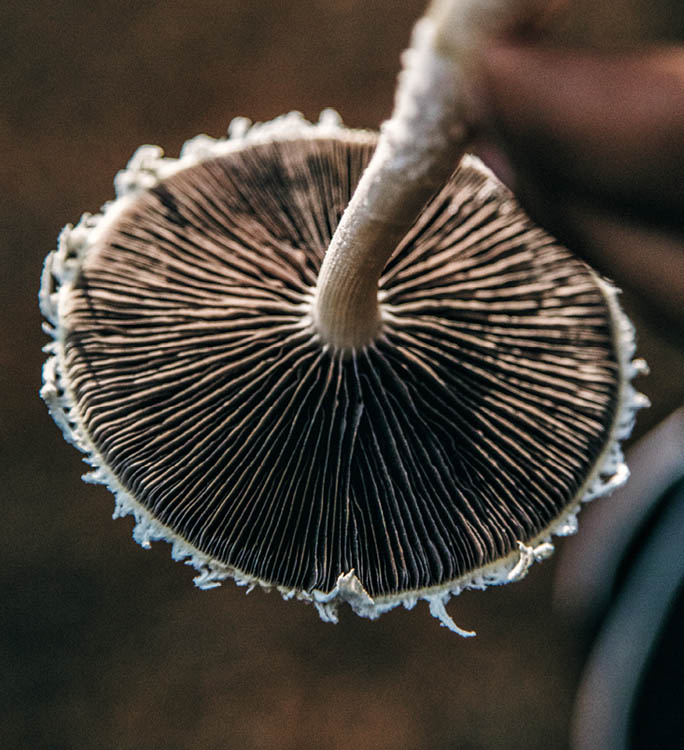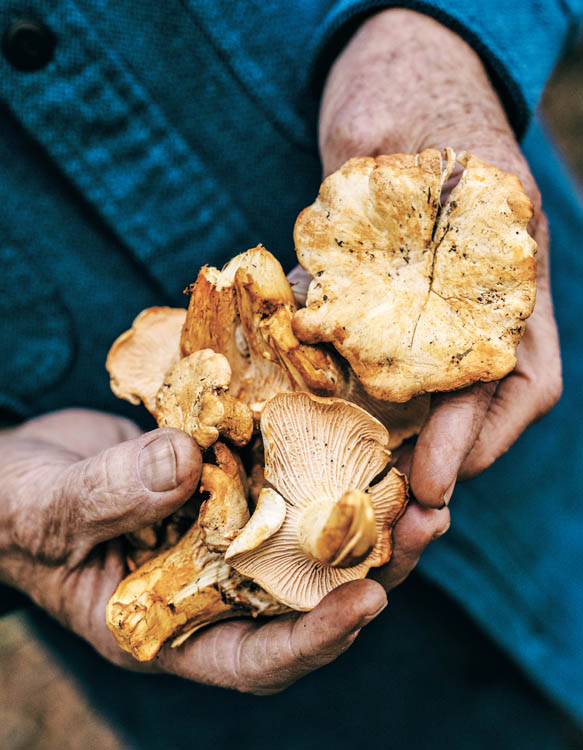The mission of Storey Publishing is to serve our customers by publishing practical information that encourages personal independence in harmony with the environment.
Edited by Carleen Madigan
Art direction and book design by Carolyn Eckert
Text production by Jennifer Jepson Smith
Indexed by Christine R. Lindemer, Boston Road Communications
Cover photography by Tai Power Seeff, except back b.r. by George Hergenhan/Alamy Stock Photo
Interior photography by Tai Power Seeff
Photography styling by Annie Martin
credits
Illustrations by Bessie Pease Gutmann/Wikimedia Commons,
Text 2020 by Christopher Hobbs
Ebook production by Kristy MacWilliams
Ebook version 1.0
March 10, 2021
All rights reserved. No part of this book may be reproduced without written permission from the publisher, except by a reviewer who may quote brief passages or reproduce illustrations in a review with appropriate credits; nor may any part of this book be reproduced, stored in a retrieval system, or transmitted in any form or by any means electronic, mechanical, photocopying, recording, or other without written permission from the publisher.
The information in this book is true and complete to the best of our knowledge. All recommendations are made without guarantee on the part of the author or Storey Publishing. The author and publisher disclaim any liability in connection with the use of this information.
Storey books are available at special discounts when purchased in bulk for premiums and sales promotions as well as for fundraising or educational use. Special editions or book excerpts can also be created to specification. For details, please call 800-827-8673, or send an email to .
Storey Publishing
210 MASS MoCA Way
North Adams, MA 01247
storey.com
Library of Congress Cataloging-in-Publication Data on file
To my son, Ken,
who has taught me so much about service, humility, and love on an often joyful and sometimes difficult path to self-discovery and healing.
A Note of Caution from the Publisher
The information in this book is provided only as a resource. Any reader who forages for wild mushrooms and chooses to ingest them does so at his or her own risk; without a 100 percent positive identification, no wild mushroom should ever be consumed. Readers should not rely solely the information in this book for the purpose of identifying mushrooms; consulting other respected field guides (listed in ) is necessary, and consulting with an expert mushroom forager, who can identify the mushrooms in person, is recommended.
The authors opinions about the uses and risks of taking psilocybin in Chapter 4 do not constitute either legal or medical advice.
Any reader who nevertheless elects to use psilocybin for any of the possible benefits advanced by the author should first consult a qualified medical professional, or an experienced or qualified guide, who can make recommendations based upon the readers medical and psychological history and current medical and psychological condition.
The reader should carefully consider the following before foraging, preparing, or ingesting psilocybin:
Psilocybin is a Schedule 1 drug (classified by the United States Drug Enforcement Administration). The manufacture, possession, and distribution of psilocybin is illegal under federal, state, and almost all local laws.
The publisher does not encourage or advocate acting in any way that violates local, state, or federal laws and regulations.
Contents
Preface
The inspiration for this book came from my ancestors, my passion for botany, nature, and science, as well as my lifelong interest in such questions as, What causes disease? Why does it come to some people who seem perfectly healthy, despite their best efforts to take care of themselves in a good way? Is good health just the absence of disease, or something greater?
These lifelong interests finally crossed with my passion for fungi in the late 1970s, when I attended one of the first mushroom conferences in the United States. It was on Orcas Island, the inspiration of Paul Stamets, the renowned mycophile. There I met Paul, as well as Dr. Alexander Smith, a wood sprite if I ever saw one, and a prominent mycologist and author of mushroom field guides; Dr. Gastn Guzmn, the leading researcher on the genus Psilocybe; and many more luminaries in this tribe of unique fungi enthusiasts. Mushroom identification walks and talks from Dr. Smith, Dr. Guzmn, and local mushroom experts set me off like a rocket on a trajectory of fascination for fungi that has lasted a lifetime. It was just a beginning, but from the conference I took away some entry-level identification skills that enabled me to recognize chanterelles and a few other worthy edibles. Over the years since then, my passion and identification skills have expanded; I now find and eat more than 50 wild species of mushrooms. When no wild mushrooms are around, Im reduced to growing oyster mushrooms at home or purchasing various cultivated fungi, as well as rehydrating the porcini and candycaps I dried the previous season.

My ancestors on my mothers side passed along their interest in community herbalism my great-grandmother was an herbalist, and my grandmother was the community herbalist in her neighborhood of Pasadena, California, in the 1920s. On my dads side, my grandfather was an organic grower of avocados and citrus. He had a compost heap in his orchard that I still remember, and a special canning kitchen where he processed crops from his orchard and farm to store for winter. My dad taught botany and biology at a university until he retired, then spent his retirement years consulting on environmental issues.
All the epigenetic signals my ancestors passed on to me led me into the woods, where every turn was a mystery with an unknown destination. Along the way were the most fantastic creations of nature brightly colored fungi of every hue, tall fragrant trees, rugged landscapes high in the mountains, green meadows tall with every wildflower, with a babbling stream running through it. What brought it all together and brought these treasures into my life fully was the community of herbalists and lovers of nature and fungi whom I met and loved, as we explored the edges of the well-trod pathways of mainstream culture.
















